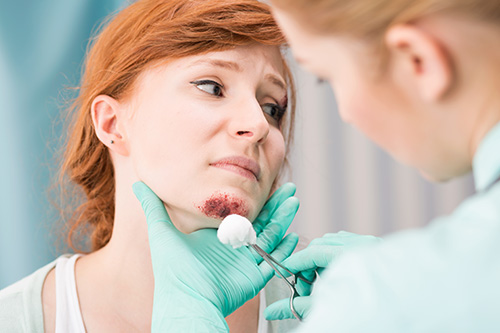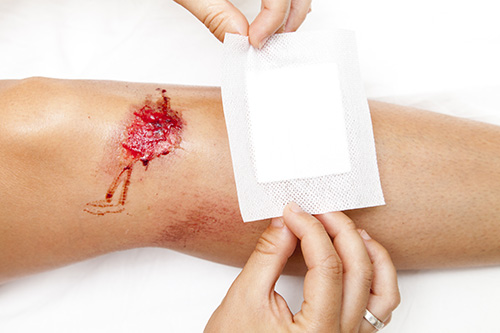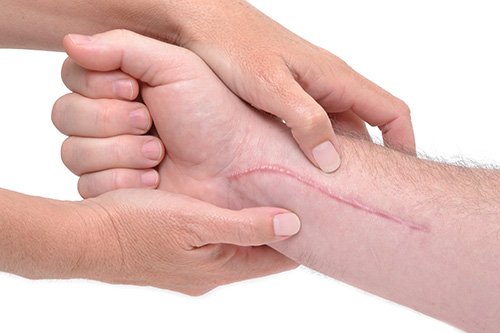Proper Wound Care: How to Avoid Permanent Scarring
Scars are our personal maps of all the places we’ve been and all the things we’ve experienced, so we need to learn to wear them with pride. While that’s a really nice thought, sometimes scarring can affect your confidence and body image, as well as being painful.
The best way to prevent scarring is to prevent damaging your skin in the first place. Some common form of scars can be avoided by:
- Cover your skin with gloves, long sleeves and long pants when working around thorny, sharp or jagged objects
- Wear elbow and knee pads when cycling or skating
- Be super careful when chopping all those veggies for dinner
- Stay far away from that mischievous kitten
How Do Scars Happen?
Let’s get real; injuries can never be completely prevented; they are a part of life and the most we can do is take proper care of our wounds after they happen.
You might think every cut or break of the skin leads to scarring, but that is not necessarily the case. Big, coloured, raised scars are more often than not a result of improper wound care or lack of proper treatment of the newly formed scarring tissue.
To help you minimise the chances of developing highly visible scars, here at Health and Care we have prepared a short guide on how to take proper care of your wounds to prevent scarring.
Clean the Wound
A wound that heals quickly and neatly is less likely to leave behind a nasty scar than a wound that is infected with bacteria. So the first step towards minimising the chances of developing a scar is properly cleaning the wound, removing all dirt and debris.
The best way to do this is to wash it out with water or, even better, a saline solution. Avoid hydrogen peroxide at all costs, as it will only drastically slow down the healing process and increase your chances of scarring.

It is important to clean the wound as quickly as possible
Keep the Wound Moist and Apply Pressure
To bandage up or let it breathe is the age old question that mums tending to scraped knees on playgrounds still argue about. So it’s time to set things straight once and for all: you should always cover the wound up (once properly cleaned, of course) and keep it moist.
Letting the wound breathe speeds up the formation of scabs, and wounds covered with scabs take longer to heal, increasing the chances of scarring. To prevent scabs from forming, you should keep the wound covered for about a week.
Afterwards, when the wound begins to close up, it is important to keep it moist with specialised creams or gels, for example a silicone gel. To flatten down newly formed raised scars and minimise their appearance, use silicone pads, which prevent the collagen from popping up when the wound is still healing.

Cover the wound to prevent infection and aid healing
Massage the Scar
When it comes to larger scars that are bound to stay with you for life, the most you can do is keep them flat and white. The reason why some scars bulge from the surface is the dense formation of collagen.
You can break down these bonds of collagen by regularly massaging your newly formed scar. Do it manually, or try out a scar massager to make your job easier.

Massage the scar to reduce visibility of your scarring
How do you deal with scars? Share your thoughts below or comment on our Facebook or Twitter.
